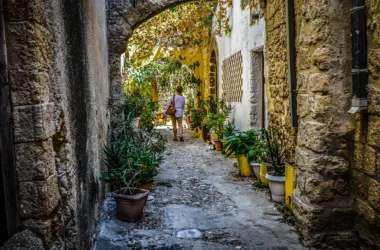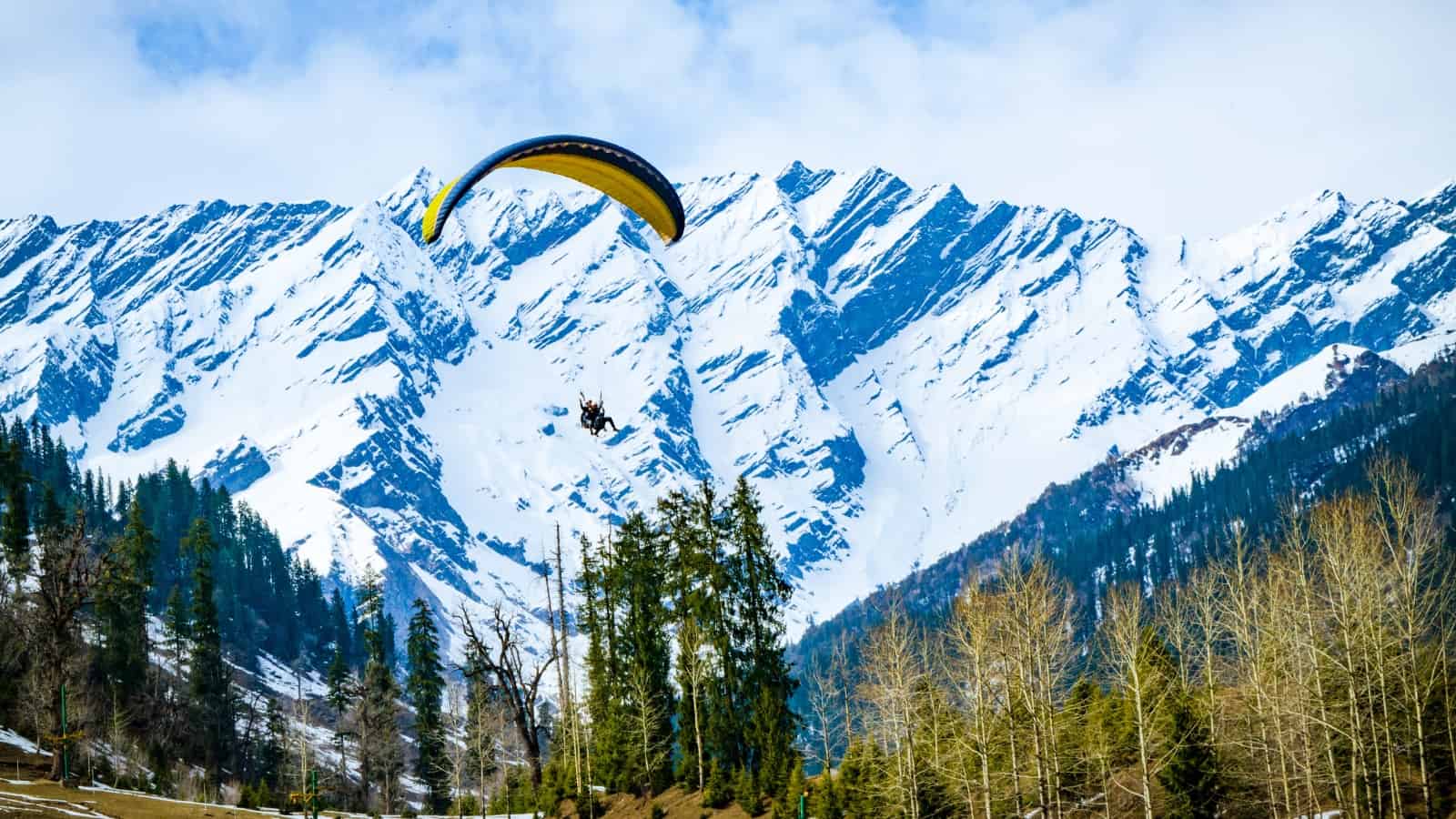Shyok Valley, Ladakh: Spread along the banks of the Shyok River, Shyok Valley is home to some of the most beautiful villages and sites in Ladakh. The picturesque villages of Diskit, Hundur, and Turtuk lie along the valley, offering a lot of adventure and tourist destinations to travelers. The picturesque valley is full of adventure opportunities; While hiking along the river can be extremely thrilling, many mountain bikers choose to bike through the Shyok River valley as well.
Overview Shyok Valley Ladakh
Shyok Valley is situated on the banks of the Shyok River at an altitude of 10,500 feet. The Shyok Valley starts from the same point where the Nubra and Changchenmo Rivers flow down from the Khamdung Glacier and join the Shyok River. Set against the backdrop of arid Himalayan peaks, Shyok Valley is home to some of the most breathtaking views. Ladakh. The small villages along the valley are completely solar-powered, making it one of the most eco-friendly places in Ladakh.
Highlights
- Admire the astonishing beauty of the river valley, its blue-gray waters clashing with the arid mountains in the background
- Visit Diskit Monastery as you make your way through the villages along the valley
- Enjoy a Bactrian camel ride in the Hundur region of Shyok Valley
- Spend some time in the fruit orchards nestled in the lower valley, perhaps a morning picnic by the water
Shyok Valley Ladakh: Points Of Interest
1. Monastery sightseeing Tour
While traveling along with the villages in Shyok Valley, you should definitely go on a sightseeing tour of the beautiful monasteries. Diskit Monastery is perhaps the most important of them all, followed by Thiksey Monastery and Hundur Monastery.
2. Camp along the Shyok River
Several villages along the Shyok valley, such as Hundur or Turtuk, have campsites along the river. Those wishing to spend a night by the river in the picturesque Shyok Valley can stay at any of the many campsites available here. You can even set up your own tent!
3. Camel Safari in Hundur
The hills of Hundur are not only attractive to look at but are also attractive for their offbeat activities. For example, the Bactrian camel safaris are unique to the Hundur region. Passing through the valley, one can stop for this unique experience in Hunder while exploring the snow-capped desert on double-humped camels.
How To Reach Shyok Valley Ladakh
The only way to reach Shyok Valley would be by road. One would need to travel from Leh towards Nubra, cross Khardung La, and then walk along the Shyok River. The river flows in a south to east direction and is hard to miss.
Best Time To Visit Shyok Valley Ladakh
The ideal time to visit Shyok Valley would be during the summer months between May and September. The weather here remains cool and pleasant during this time and is best suited for the average traveler. However, if you are comfortable with extremely cold weather, Shyok Valley can be a great winter trip due to its snow-capped beauty.
Essential Information About Shyok Valley Ladakh
A special Inner Line Permit is required to visit Shyok Valley. An inner Line Permit is a special government permit issued by government authorities to allow tourists to visit protected areas of India. An ILP, as it is commonly called, is issued for each tourist for 3 weeks. One can apply for ILP online. One has to present valid identity proof and pay a fee to get their permit stamped.
Tips to keep in mind while traveling through the Shyok Valley
- For safety as well as weather-related reasons, make sure you are driving or driving time is limited to daylight hours only.
- If you are riding a bike, make sure you have enough petrol with you and refill the fuel tank regularly
- Carry enough water and edible snacks, as it can be difficult to reach the regular shops while passing through the valley
- It would be advisable to wear several layers of clothing rather than one warm layer, as the weather difference from afternoon to evening can be quite harsh.
Frequently Asked Questions About Shyok Valley
Q. Why is Shyok called the river of death?
A – In fact, Shyok had to cross a total of 22 times for the winter route. But the upside was that it was comparatively easiest to cross in winter. Many men and pack animals were washed away by this river and so it ended up with the infamous name and a deadly reputation.
Q. What is Nubra Valley known for?
A – Known for its orchards, sightseeing, Bactrian camels, and monasteries; Nubra Valley is the northernmost part of Jammu and Kashmir. Located about 150 km from Leh, Nubra Valley is known as the Garden of Ladakh and was originally called Ladumra which means Valley of Flowers.
Q. Where is Shyok located?
A – Shyok River is a river in the Kashmir region in the northern part of the Indian subcontinent. It rises in the Karakoram Range in Indian-administered Jammu and Kashmir and is a notable tributary of the Indus River.
Q. Where does the Nubra river join the Shyok river?
A – Several other glaciers of the Karakoram descend at Nubra. It then flows for about 90 kilometers (56 mi) in a general south-easterly direction between the Karakoram Range and the Saltoro Mountains, before its confluence with the Shyok River near Diskit, forming the Nubra Valley.
Q. Where is Shyok River located?
A – Shyok River, is a river in the Kashmir region in the northern part of the Indian subcontinent. It rises in the Karakoram Range in Indian-administered Jammu and Kashmir and is a notable tributary of the Indus River.
Q. Which is the longest river in Ladakh?
A – The Nubra River is a river in the Nubra Valley of Ladakh in India. It is a tributary of the Shyok River (a part of the Indus River System) and originates from the Siachen Glacier, the world’s second-longest non-polar glacier.









